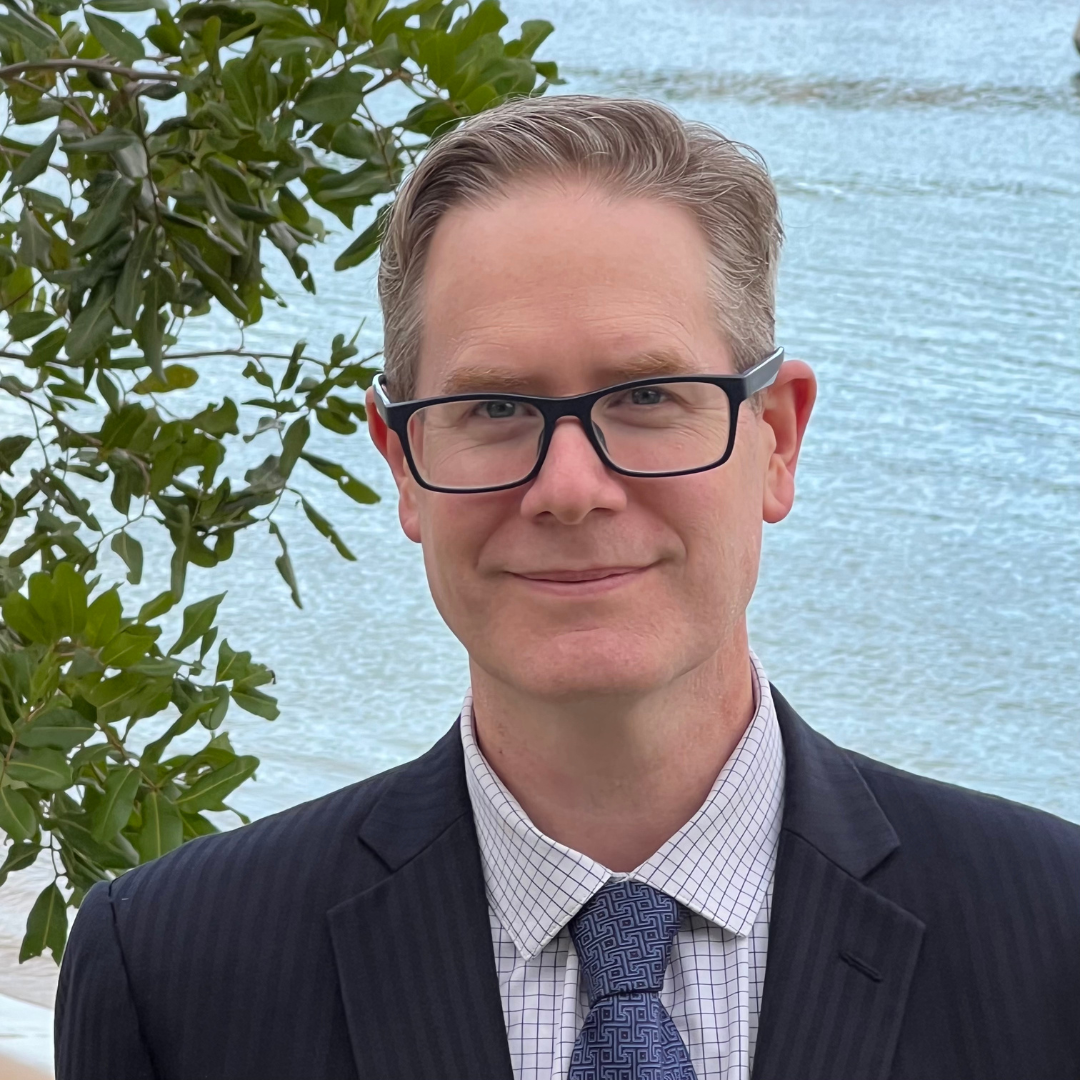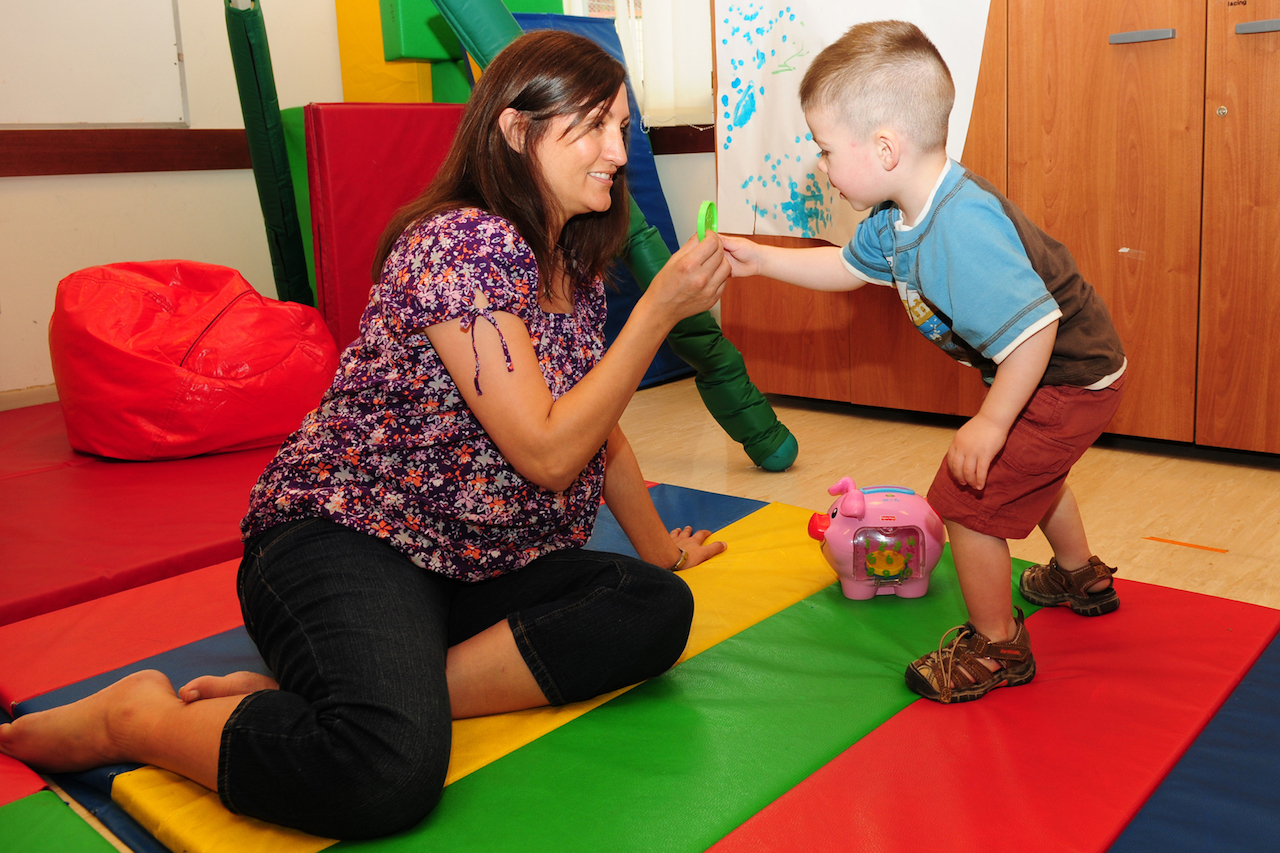Until very recently, the answer to these very important questions has been:
“We don’t know.” (See, for example, Warren et al., 2007.)
This is unsatisfactory for several reasons:
- Parents need to know how often their child should see a speech pathologist, and for how long.
- From a consumer rights perspective, parents need to know – up front – how much time, money and energy they need to invest to help get their child the help needed, while juggling all the other demands of life (e.g. school, exercise, music, art, and other commitments).
- Many speech pathologists have waiting lists. If some children are getting too much treatment, it’s not fair for children waiting to start therapy (especially for public services).
- If a child is getting too much treatment, either his/her parents, the taxpayer, or both may be paying too much money for the service, again at a financial cost to them and an opportunity cost to the service.
- If, during the sessions, the child’s attention levels fluctuate, or if we encounter “behavioural issues” or frequent toilet break interruptions, how can speech pathologists be confident that the child has received enough therapy to make gains?
According to the American Speech and Hearing Association (2011):
“More treatment time is associated not only with more progress, but also an increased proportion of children demonstrating functional gains in their speech and language.”
On the surface, that seems logical; obvious, even. But how much therapy is enough, and how often? And is more treatment always better?
1. New research suggests that intense (frequent, high dose) therapy for language disorders may not always be the best approach
Recently, Mary Beth Schmitt, Laura Justice and Jessica Logan looked at the question of how much therapy kids with language disorders get in the context of the US public school system. They looked at the treatment given by 73 speech pathologists to 233 children with developmental language disorders (see citation below). The study summarises several remarkable findings*. For the purposes of this article, the researchers’ key findings on treatment intensity were interesting to say the least!
(a) Who had the best results from language therapy?
Children who had either:
- low doses of therapy frequently; or
- high doses of therapy infrequently.
(b) Who didn’t do as well?
Children who had either:
- high doses of therapy frequently; or
- low doses of therapy infrequently (as you would expect).
What does this mean?
(c) Language therapy doses
When I hear the word dose, I think of the amount of bitter medicine served to me on a spoon or injected via a needle into my arm (hopefully). Yuck!
In speech pathology, we mean the amount of time that the speech pathologist actually spends targeting language skills within the sessions. Dose is not the same thing as the length of the session times. The speech pathologist may only be able to spend a fraction of the time allocated for the sessions actually delivering language treatment (e.g. if the child misses some sessions, is late to some sessions, is inattentive or distracted in therapy, or if the speech pathologist is treating a group of children). For example, in the study cited below, the average dose per session was about 50% of the length of the session – under 12 minutes per session – with some kids getting less than a minute of language therapy in a session (yikes!), and others getting as much as 22.7 minutes a session.
In the study:
- a low dose was considered to be 2 minutes a session (!);
- an “average” dose was considered to be 12 minutes a session; and
- a high dose was considered to be 20 minutes a session.
(d) Language therapy frequency
This is the number of sessions the child receives in a given period, e.g. a year. In the study cited, the average frequency was 46.4 sessions a year – about 1.3 sessions a school week – with some kids receiving as few as 16 sessions a year, and other kids receiving an amazing 154 sessions a year! (This is quite high by New South Wales standards, especially in private practice.)
Frequency can be affected by lots of different things such as the size of the speech pathologist’s case load and the cost of the service.
(e) Cumulative intensity of language therapy
This is what you get if you multiply the average dose and frequency of sessions. In this study, the average cumulative intensity was 1092.3 minutes a year (ranging from a paltry 66.45 minutes to an astonishing 3,505.86 minutes per year).
2. Why did the speech pathologists get the best results from high dose/low frequency and low dose/high frequency treatments?
We don’t know for sure!
- There may be points of “diminishing returns”, where little additional benefit is derived from more language therapy (e.g. McGinty et al., 2011).
- Short bursts of treatment spread over weeks may help children to learn new skills better than intensive treatments squeezed into one session or taught over consecutive days (e.g. Riches et al., 2005; and Smith-Locke et al., 2013). This is called the “spacing effect” and has been studied extensively in the context of improving study skills.
Interestingly, this may mean that some clients with language disorders benefit from weekly or longer gaps between sessions imposed by limitations in service delivery, cost issues (or both).
3. The study had several limitations
The study is fascinating – especially because it was carried out in “real world”, “business as usual” conditions with school-based speech pathologists and their students. But it had some limitations, too.
Note, first, that the study only looked at therapy for developmental language disorders, so it can’t be used to guide dosage decisions for children with speech, voice, fluency or other communication disorders. For example, principles of motor learning may be more relevant to motor-based speech disorders, e.g. childhood apraxia of speech.
The study looked at children in US public schools, so it’s not clear how easily it can be applied to Australian schools, or other services (such as clinic-based private speech pathology services). It didn’t take into account the tasks or therapy activities administered, or the degree to which the activities were structured, clinician-directed or child-centred, how engaged the kids were in therapy, or the different kids’ goals. It didn’t look at home practice or the effect of parents reinforcing therapy targets at home. Finally, the study design meant it was subject to selection bias (speech pathologists volunteered to be part of the study).
Clinical bottom line
Speech pathology services for language disorders are limited and cost money. Speech pathologists, parents and governments need evidence-based information about how much therapy to give a child with developmental language disorders, and how often.
“The more therapy, the better” mantra makes sense intuitively, especially for kids with severe disorders. But recent research suggests the truth may not be so clear cut. It may be that high doses of therapy spread out over time, and frequent, low doses of therapy may yield better outcomes than frequent, high doses of therapy due to spacing effects and diminishing returns. But we need more research about this to be sure.
Principal sources:
- Schmitt, M.B., Justice, L.M., Logan, J.A.R (2017). Intensity of language treatment: contribution to children’s language outcomes. International Journal of Language Communication Disorders, 52(2), 155-167.
- Justice, L.M. (2017). Keynote Address: Speech Pathology Australia National Conference, 31 May 2017, in Sydney.
*Another really interesting finding in this study was that the severity of a child’s developmental language disorder did not predict the child’s treatment intensity: talk about a counterintuitive result!
Image: http://tinyurl.com/y9krhlkd

Hi there, I’m David Kinnane.
Principal Speech Pathologist, Banter Speech & Language
Our talented team of certified practising speech pathologists provide unhurried, personalised and evidence-based speech pathology care to children and adults in the Inner West of Sydney and beyond, both in our clinic and via telehealth.


Leave a Reply